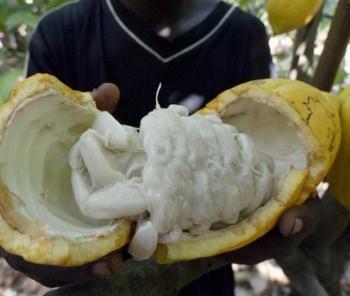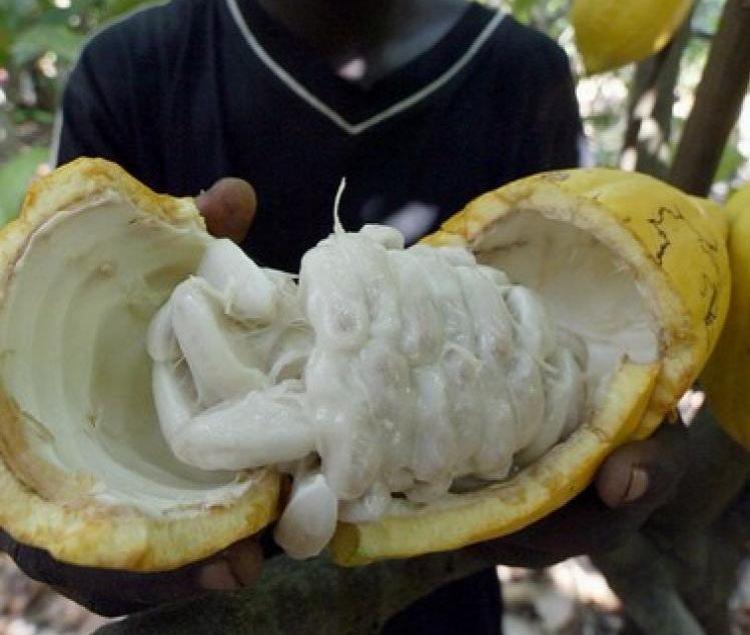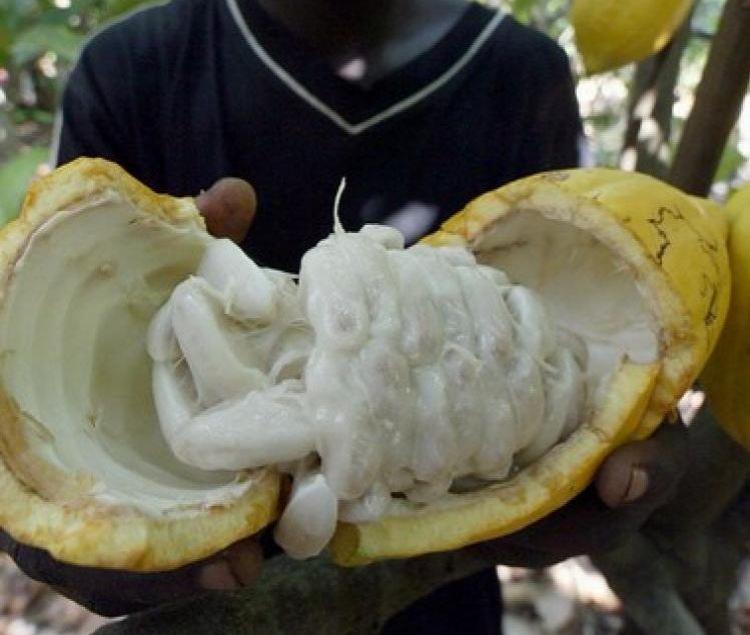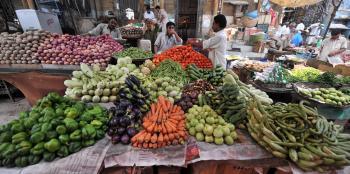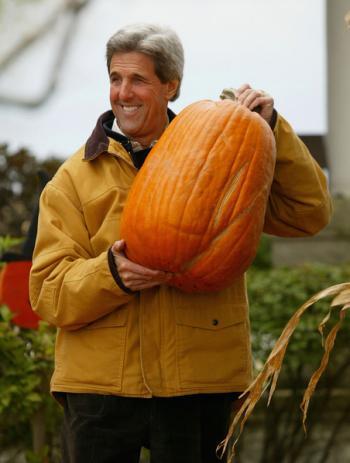“Never before has nature imbued such a small space with such a cornucopia of valuable nutrition as in the cocoa bean.”—Alexander von Humboldt, (1769–1859)
What child does not relish a cup of hot cocoa in the evening or a piece of chocolate in between meals? What would the Sachertorte be like without its shiny, dark-brown glaze?
The slightly bitter flavor nuance and the benefits of the cocoa bean have made it a fixture in European cuisine. The bean, with its incomparable flavor, has conquered pastry shops, sweet shops, and confectionaries the world over. My aim is to bring you, dear readers, a brief glimpse into cocoa’s lengthy history.
A Tradition Since 1,500 B.C.
The Olmeks, who settled in the Mexican lowlands, were the first people to make use of the cocoa bean. How they prepared the beans and made chocolate or cocoa beverages will forever remain a mystery, since no archeological relics or oral accounts are available. One thing is for sure, though—their language from 1,000 years B.C. contained the word cacao (spelled different from our modern “cocoa”), originally pronounced “kakawa.” One might assume that their trades with neighboring nations had brought those in contact with cocoa.
The Mayans consumed chocolate from 300 B.C., but primarily in liquid form. They often added spices such as chili and consumed the beverage without sugar! Much favored was the foam that rose to the top of the container when the beverage was poured back and forth from one container to another.
Consuming cocoa during the reign of the Aztecs was a privilege reserved for nobility. Cocoa was so highly prized in Aztec culture that it also served as currency. One turkey, for instance, was valued at 200 cocoa beans, and in A.D. 1,200, one cocoa bean “bought” one large tomato. Land for cocoa farming was in such high demand that Aztec ruler Ahuizolts (1486–1502), conquered the Xoconocho region—an area between Mexico and Guatemala, along the Pacific Ocean—to assure cocoa production.
How Cocoa Conquered Europe
Following the Spanish conquest of Europe in the 1500s, the invaders lacked appreciation for cocoa. The bean’s bitter taste actually repelled them, so much so that in 1575 an Italian named Benzoni called chocolate, “a beverage more suitable for pigs than humans.”
But many other typically South American foods were subjected to similar prejudice, maize being one of them. Only once the Spaniards had assimilated with the locals did the two cultures find common ground. The Spaniards drank the chocolate hot like the Mayans, and not lukewarm or cold, like the Aztecs. Many native spices were replaced with others the Spaniards had brought, such as black pepper.
The most important break-through in chocolate consumption came from the Spaniards, who sweetened the beverage with cane sugar. Europeans objected primarily to the bitter flavor of the traditional Mayan and Aztec chocolate concoctions.
The first shipload of cocoa arrived in Spain in 1585, but it wasn’t until almost a century later that chocolate consumption took a foothold in Europe. Even then, chocolate consumption was reserved for nobility, and for society’s wealthy citizens.
Chocolate became an almost national beverage in Spain where even now hot chocolate is part of a classic breakfast. Jesuit priests/fathers had much to do with the dissemination of chocolate consumption. They had cloisters all over Europe and a well-organized trade system all over the continent.
Beverage or Food?
Church nobles in Catholic nations deliberated whether to consider chocolate a beverage or a food—a relevant consideration when dealing with proscribed fasts—and if such consumption would break the rules. According to the Jesuits’ lively trading in this commodity, chocolate is a beverage, meant to be drunk, and not a food. The opponents argued that chocolate is way too nourishing to be considered a beverage. The popes decided in favor of the “beverage camp,” thus consuming chocolate does not break the fasting rules.
Health Benefits
Your dentist would probably not reply positively when asked if eating chocolate is healthy. Due to their high sugar content, chocolate candy bars are high in energy, and over-consumption leads to weight gain and promotes tooth decay. But the chocolate’s theo-bromine and caffeine content stimulate the central nervous system and the blood vessels. That is the reason for chocolate’s ability to banish fatigue and tiredness, to encourage the production of digestive enzymes, and to be mildly diuretic.
Two other substances in chocolate—anadamid and phenylehtylamin, which are also present in hashish and morphine—influence the brain’s pleasure center. No reason to fear addiction because the quantities of these substances are too minute to cause euphoria.
Many studies have shown that chocolate consumption can lower the cholesterol level and even out the relationship between good and bad cholesterol (LDL and HDL) in favor of HDL. The effect is greater the higher the percentage of cocoa in a candy bar, making dark chocolate the better choice (dark chocolate is also a powerful antioxidant).
I think all of us know enough ways to eat and drink chocolate, so I won’t overwhelm you with recipes but merely present classic preparation, which in the age of “instant everything,” is easily ignored or forgotten.
Genuine Hot Drinking Chocolate
Makes 4 cups
Ingredients:
1/4 lb. semi-sweet chocolate
1 quart milk
Pinch of salt
2 Tbsp. sugar
Chocolate sprinkles
Scant cup of hot water
Method:
Grate the chocolate bar fine and dissolve in the cup of hot water.
Heat the milk and salt together, but don’t let it boil.
Add the dissolved chocolate and the sugar.
Remove from heat, and whip until foamy.
Serve in preheated cups, top with the chocolate sprinkles, and serve immediately.

